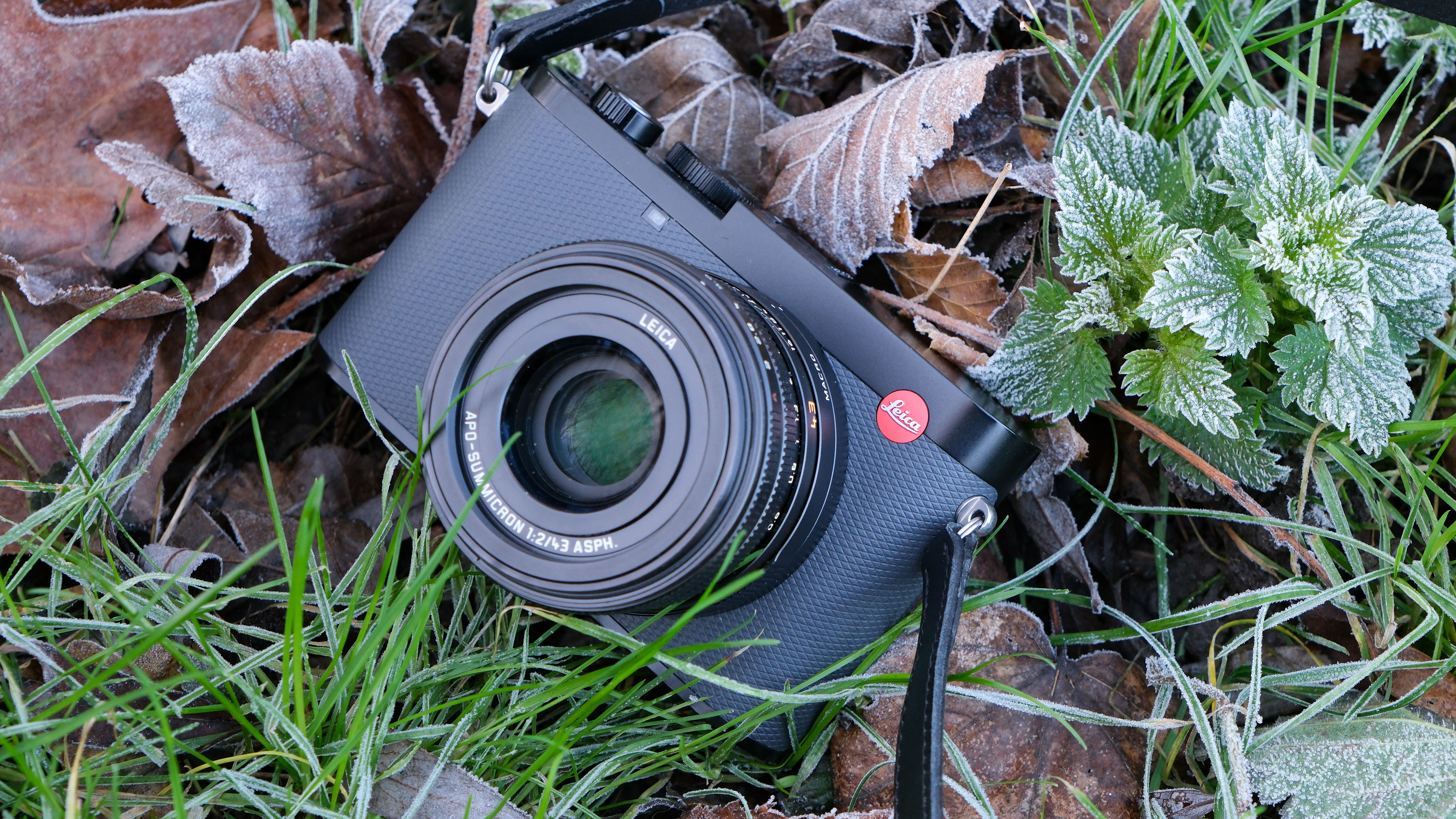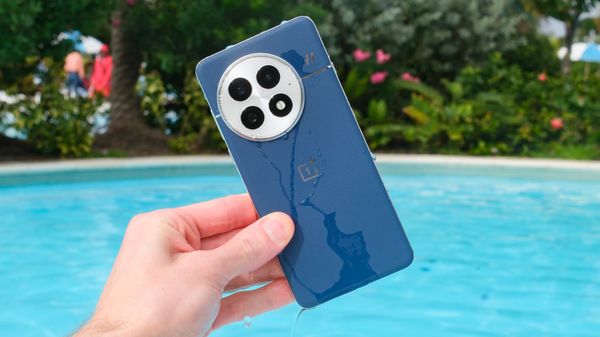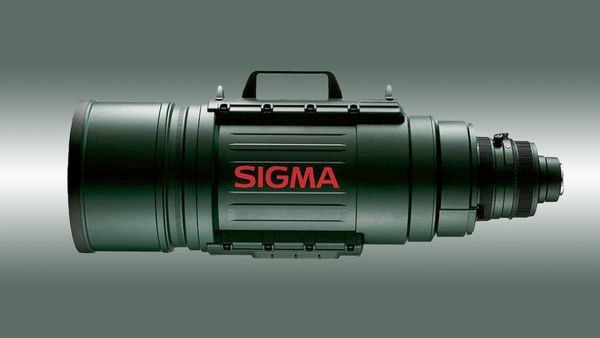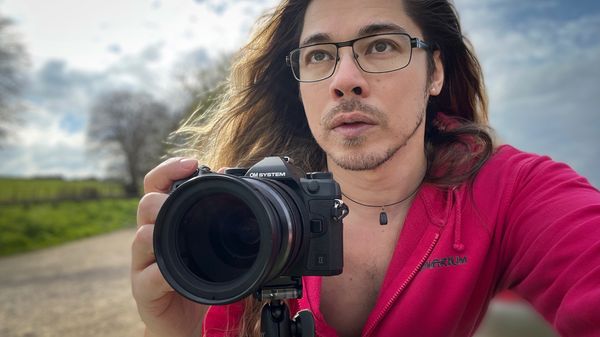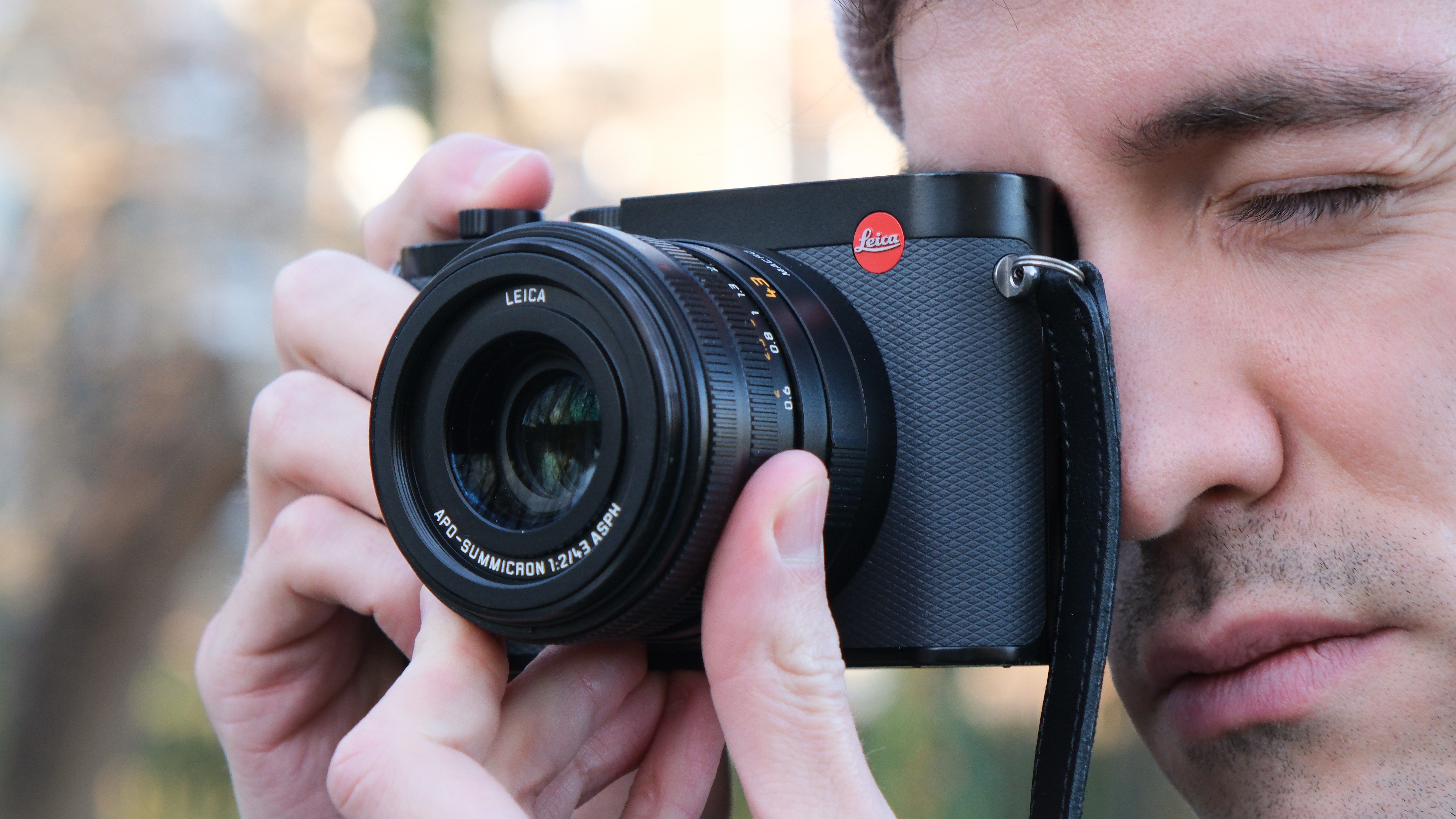
There is a quote that frequently pops up in motivational circles, "change the way you look at things, and the things you look at change" – which was perhaps on the designer's mood board for the new Leica Q3 43, a refresh of 2023's Leica Q3, but with a brand new lens with a 43mm perspective.
I really enjoyed using the original Q3, and it was actually runner-up for my favorite camera of 2023, but perhaps one of my ultimate hang-ups as I don’t generally like a wide perspective in photography – and the 28mm of the original lens was just a little too wide for me.
So on paper, the Leica Q3 43 might be the perfect camera for my style of photography. It's the same compact camera but with a narrower 43mm lens, offering a chance to get in a little closer to the action and pick out specific details in scenes. 43mm is also commonly thought of as the focal length most akin to the natural perspective of the human eye, and thus believed by many to be the most pleasing focal length.
But is 15mm really enough of a difference to be worth releasing a whole new camera? Well, a 15mm difference might not sound like a lot, and at telephoto ranges, you probably wouldn’t notice, but at wide perspectives, you’d be surprised how much of a difference even a millimeter or two makes – and is why most manufacturers have a range of 18/23/28/35mm primes.
But maybe you love a wider angle, and that's fine – the original Q3 isn’t going anywhere, and the Q3 43 doesn’t bring anything new to the table except the glass up front, so I'd stick with the regular Q3. But if you’re with me and prefer a narrower lens, then the Leica Q3 43 might be the one for you.
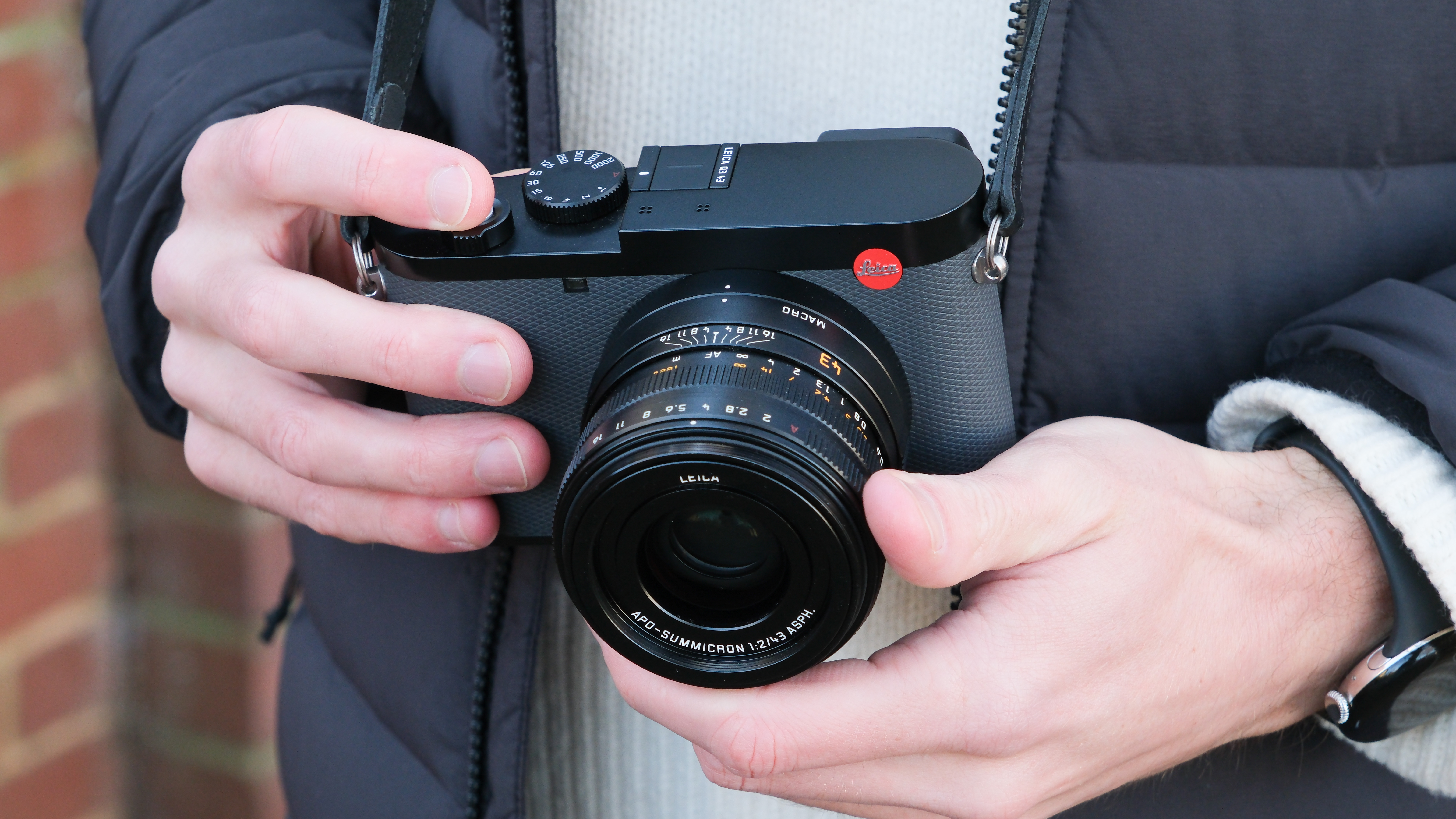
Leica Q3 43: Specifications
Leica Q3 43: Price
At $6,895 / £5,900 / AU$11,890, the Leica Q3 43 is a little more expensive than the original Q3, which I'll assume is down to the cost of the new lens. This makes the Q3 43 probably the most expensive fixed-lens compact camera you can buy right now, although there is really very little to compare it to. The long-discontinued Sony RX1 was the last remaining like-for-like competitor, and until Sony gets their act together and releases a new version, the Q3 43 has a clear run as the best (only) full-frame fixed lens compact.
If you do want a compact full-frame camera but are more flexible about buying lenses, the Sony A7C II is perhaps the best option – and at just $2,199 / £1,999 / AU$3,199 for the body only, you can comfortably buy this and a whole selection of premium lenses before you hit the price of the Q3 43. But it won’t be a Leica.
Leica Q3 43: Design & Handling
It's what Leica is renowned for, and the Leica Q3 43, of course, boasts an impeccable build quality. The body is a sturdy metal surrounded by a textured grip on the front portion of the camera, and the iconic red dot logo graces the top right corner. The body also has a dust and water-resistant construction.
Aside from the new lens up front, the Q3 43 shares the exact same body as the Q3 – with one exception – the textured material on the front is now a dark smokey grey instead of the body-matching black on the Q3. It's a subtle difference, but I like it. It isn’t quite as fun as the color options on something like the Lumix S9, but this is Leica after all.

The Q3 43 has enough controls to do all you need without being overwhelming. On top, there is a shutter speed dial, which unfortunately doesn’t lock in auto and is quite easy to turn – I accidentally shot a dozen photos at 1/2000 a second as I didn't notice, although thankfully, they all turned out okay. There is also a top dial, which is set by default to exposure compensation, which I think makes the most sense for this camera.
There are also three customizable function buttons on the back, which you can change by holding the button in, and the D-Pad for moving the focus point. The buttons cater to essential functions like ISO adjustment, and quick switching between photo and video modes, but it is also the fastest way to use my favorite function, which is the digital focal length/crop controls (more on those later).

The Q3's rear screen is sharp and clear and is nice enough to compose or review photos; the screen also tilts, which adds a little versatility for capturing shots from various angles, and is pretty essential to street photographers shooting at waist level. But because of this tilt, the screen doesn’t sit flush with the camera body, which is a minor shame.
The OLED viewfinder is large and clear, although, like the Q3, it has a minor quirk where the resolution drops upon locking focus, so it's hard to know if the camera has actually nailed it. The glass area for the viewfinder is also quite large without much depth, so it picked up more grease than I would have liked, and I found myself constantly having to clean it.
The new lens is every bit as solid and premium as you’d expect from Leica. The aperture ring is right on the front of the lens and is really quick and easy to find. As a photography-first camera, the apertures click through with hard stops between them; there is no de-click switch to be found here.
The focus is a little on the resistant side to spin through quickly, but it makes precise focusing that bit easier. The focus can also be locked into auto with a switch so it won’t slip out.
Finally, the lens technically has a macro mode, although I am not sure I’d consider a 0.25x magnification macro – but there is a separate ring for macro focusing that swaps out the distance markers on the lens, which is a really neat piece of engineering.

The only major issue I have with the build of the Q3 43 is that it isn’t particularly comfortable to hold for long periods due to its lack of any sort of molded grip. You can buy optional grips from Leica, although this is an additional expense to an already very pricey camera. Without a grip, the brunt of the weight had to fall on my little finger underneath the camera, and the Q3 and its solid metal construction is reasonably heavy, so this took its toll pretty quickly.
Leica Q3 43: Performance
The images from the Leica Q3 43 are, simply put – stunning. The amount of detail that the new 43mm lens is able to render is remarkable, especially paired with the 60-megapixel full frame sensor which just has so much flexibility to crop images down to the smallest detail. The Summicron lens renders photos in a distinctly Leica style, and you can choose between Leica’s in-camera photo styles, including classic Leica color science or monochrome.
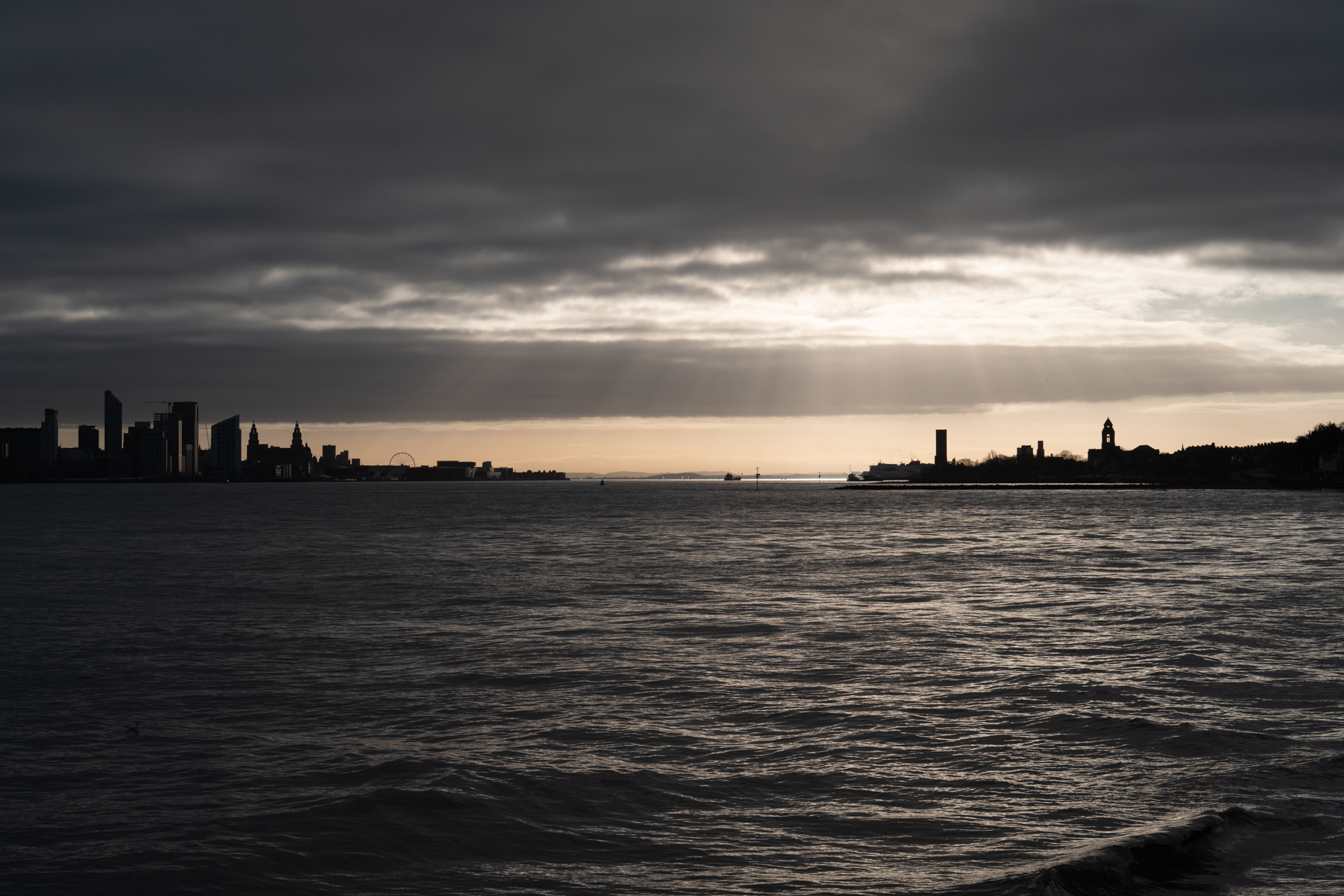
If you think you might be being shortchanged with a fixed lens, you’re absolutely not – the Q3 43 has a clever digital crop feature that, combined with the 60MP sensor, is almost like having a very compact travel zoom.
A tap on one of the buttons on the back can cycle through several common focal lengths, all the way up to 150mm. But instead of zooming in, the Q3 43 pops a frame outline on the screen so you can frame both the 43mm shot and your digital crop at the same time, so, if you’re worried about getting the crop wrong – don’t be. So long as you shoot in JPG and DNG, then the JPG will be cropped, but the raw file is still a full-resolution file. Fire the DNG up in Lightroom (or your chosen software), and while the crop will be pre-loaded – it can be adjusted all the way back to the original 43mm focal length.
Each “zoom” level crops into the 60MP sensor, so a 150mm crop takes the resolution down to around 7MP, which is limiting, but still perfectly usable in a lot of contexts – especially social media. This is certainly not the only camera to do this – I use digital crops a lot on my Fujifilm X100VI – but the Leica Q3 and Q3 43 resolution offers some of the most detailed and serviceable digital crops yet, without resorting to AI-upscaling.

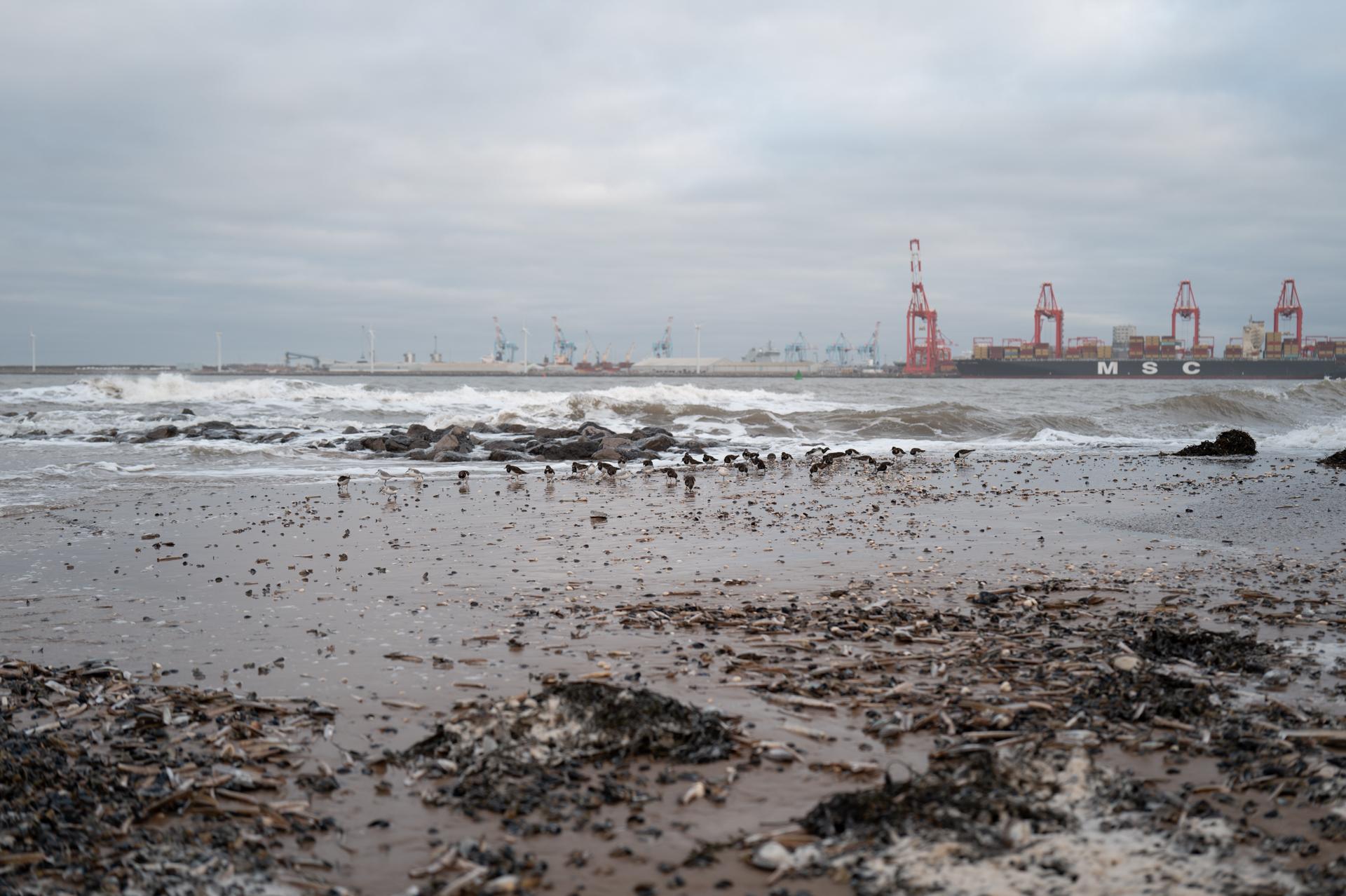
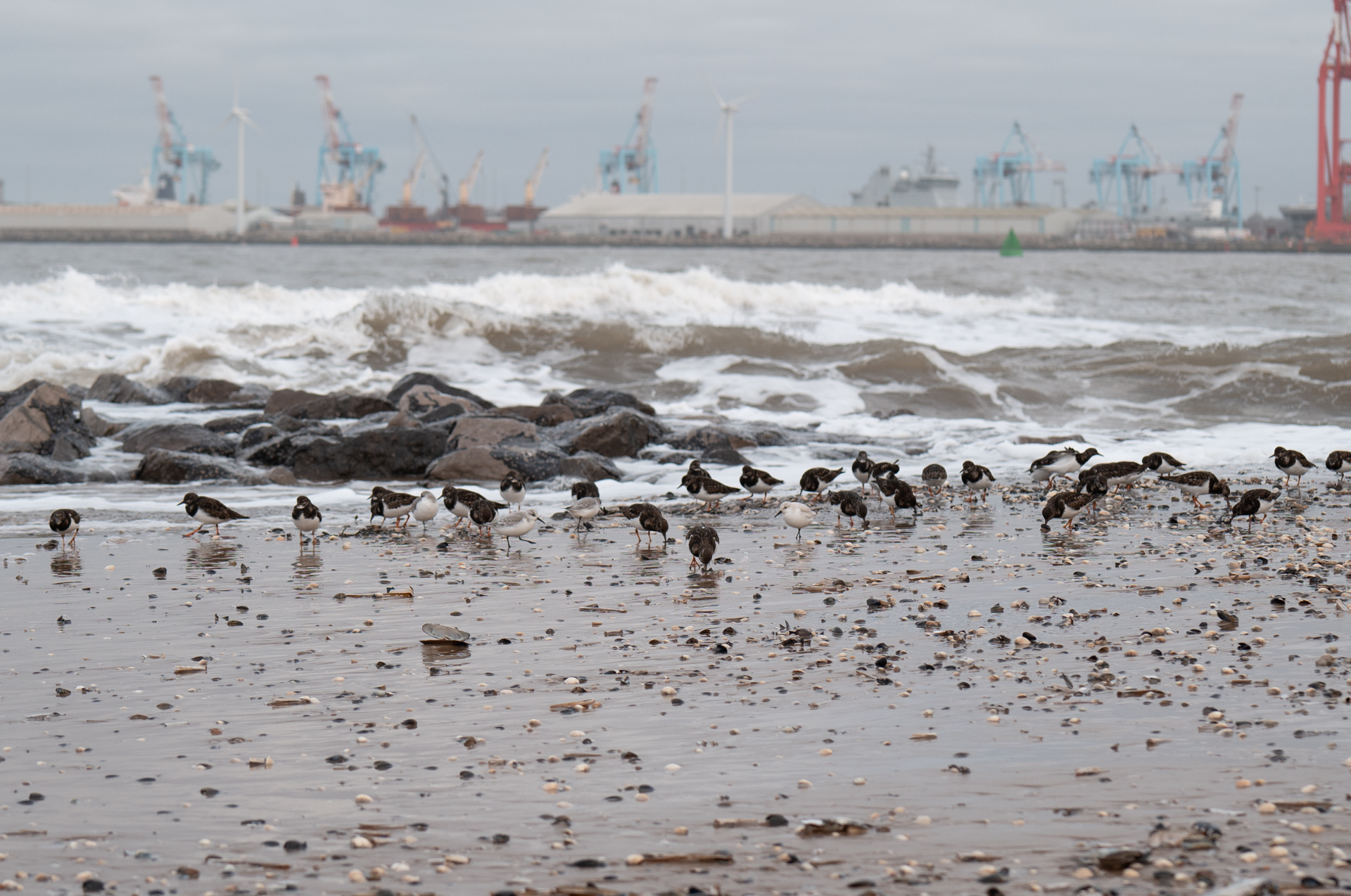
Autofocus, in general, is pretty good. The Q3 43 focused quickly and quietly and rarely hunted. Human faces were picked out with good accuracy, although the AF is nowhere near as sticky or quick as Sony or Canon.
However, wider subject recognition is far behind nearly all the major competition; the camera can recognize different animals with varying degrees of success, but it's not the most reliable. Instead, it picked up a lot of miscellaneous objects – rustling tree branches, a particular favorite of the Q3 43.
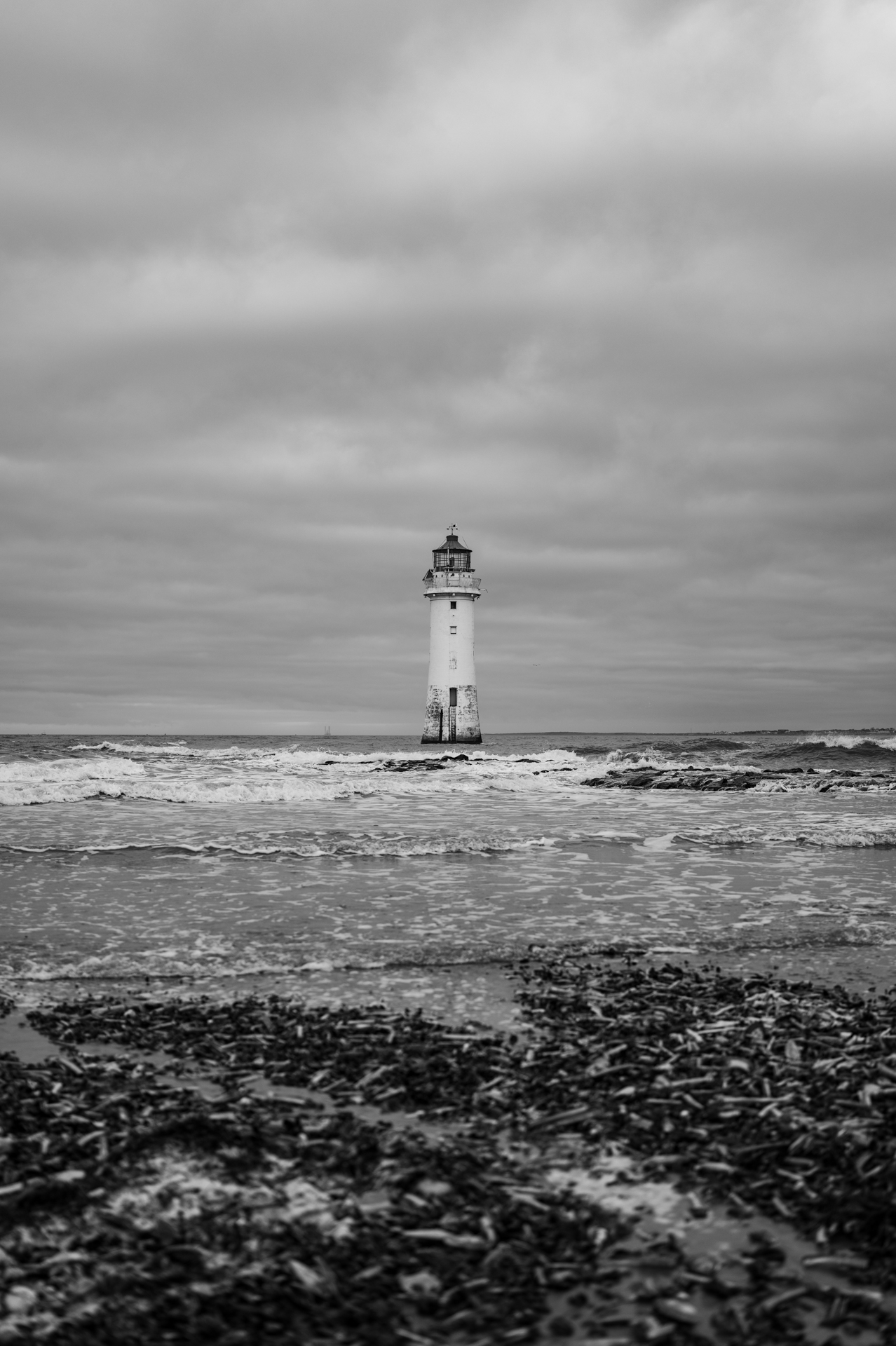

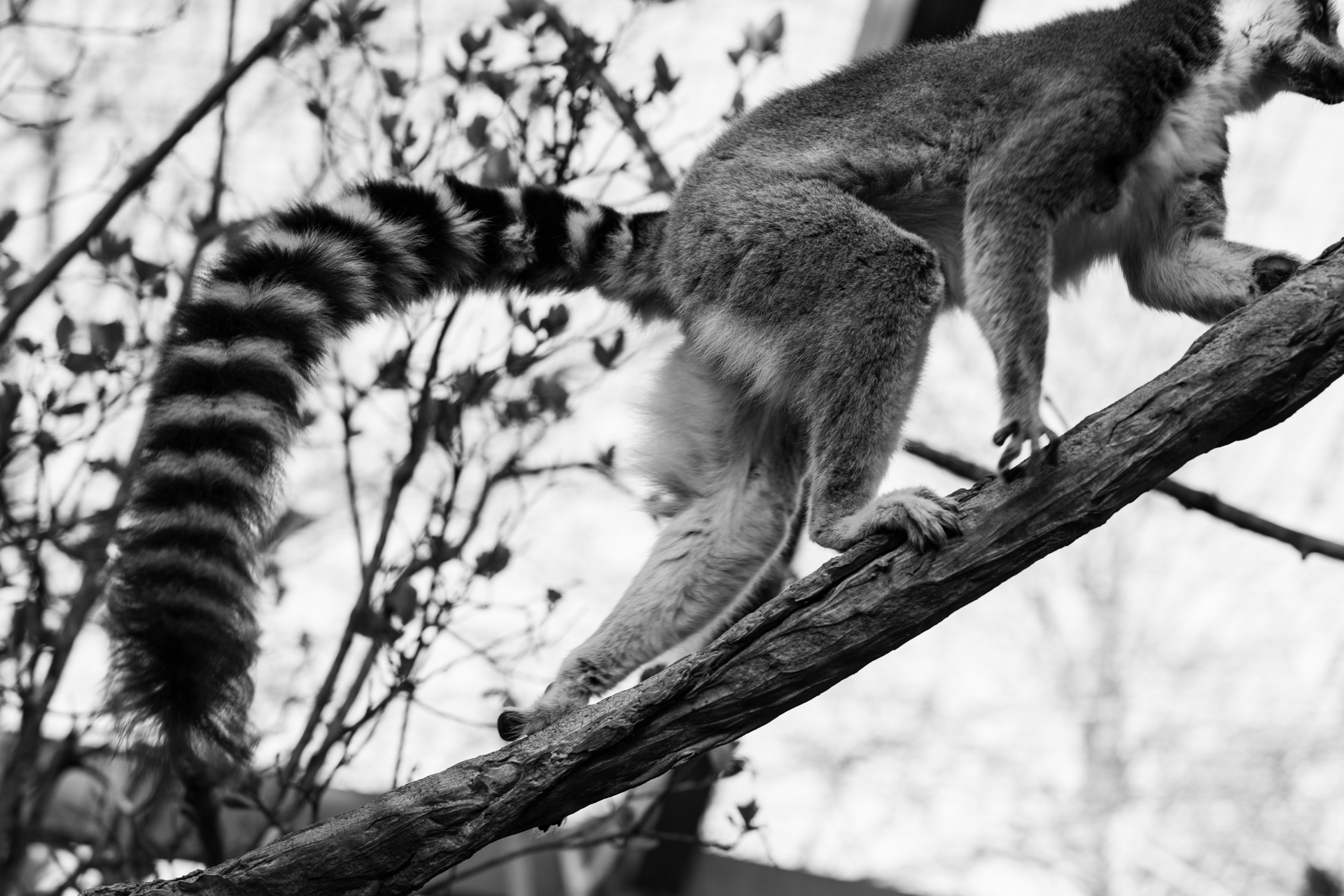
Video isn’t likely what you’re buying this camera for, but if you want to shoot some clips, then the Q3 43 can record up to 8K resolution. Video from 8K output looks great, although I still think 8K is wholly impractical, especially for a camera with a single SD card slot.
Instead, I shot most of my footage in 4K, which also looks very nice. The dynamic range is especially good, and the default Leica coloring is great – although you can use internal Apple ProRes if you want for additional post-production control.
Autofocus in video is just a bit slow, a little too twitchy, and nowhere near sticky enough. Image stabilization is also good for panning and minor movements, but it just can’t keep up with any heavier movement.
Leica Q3 43: Sample Images
While I usually try to test the camera in as many conditions as possible, I have been stuck in a nearly endless grey winter over the past few weeks – which is unfortunately reflected in the rather muted images below. Although, it did give me a chance to take some more monochrome images than I usually do, as they suited the weather! The images below are shot at a range of full-resolution and digital crops – although, unfortunately, there seems to be no way to find out which mm equivalent crop was used during editing.
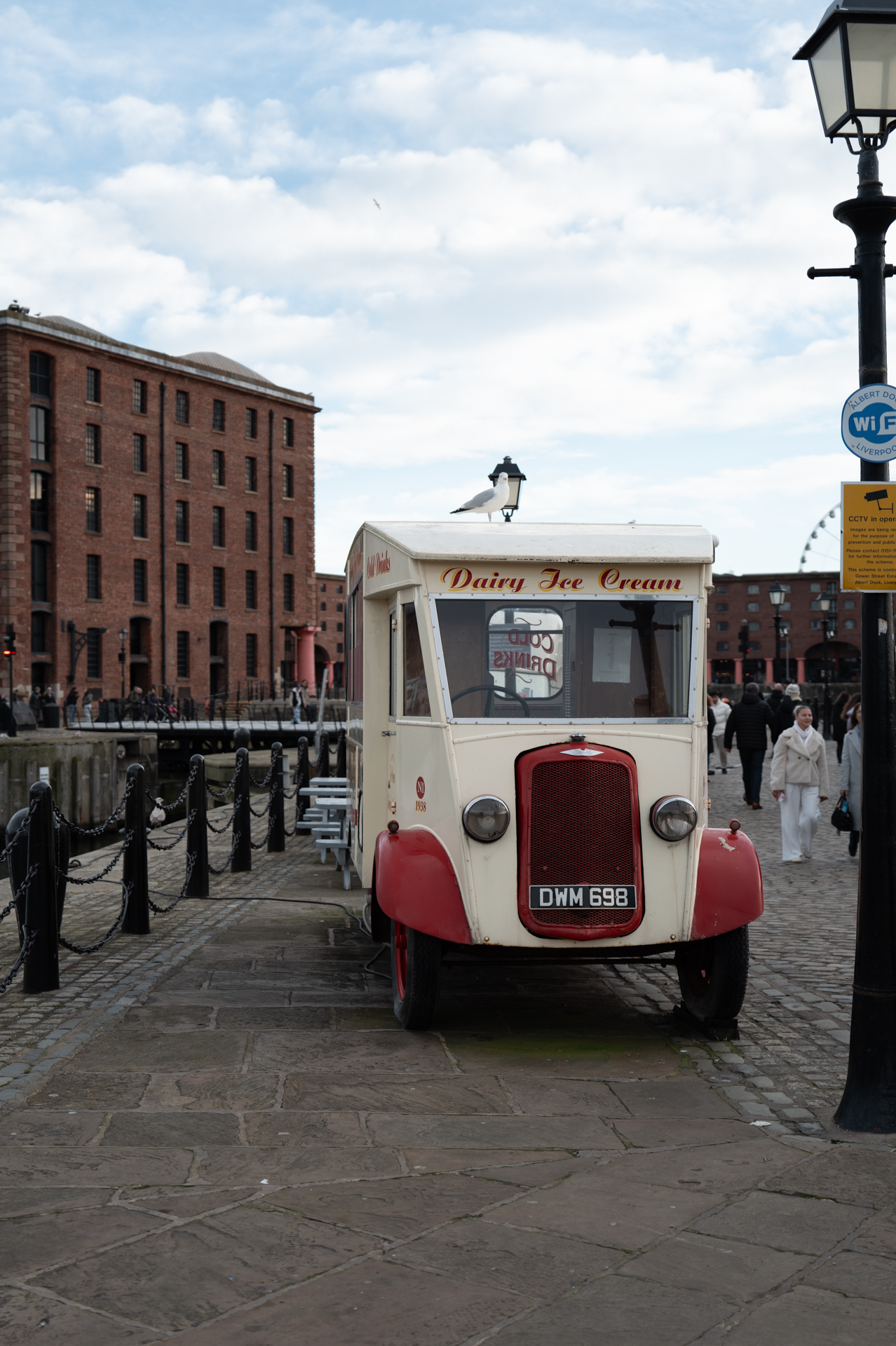
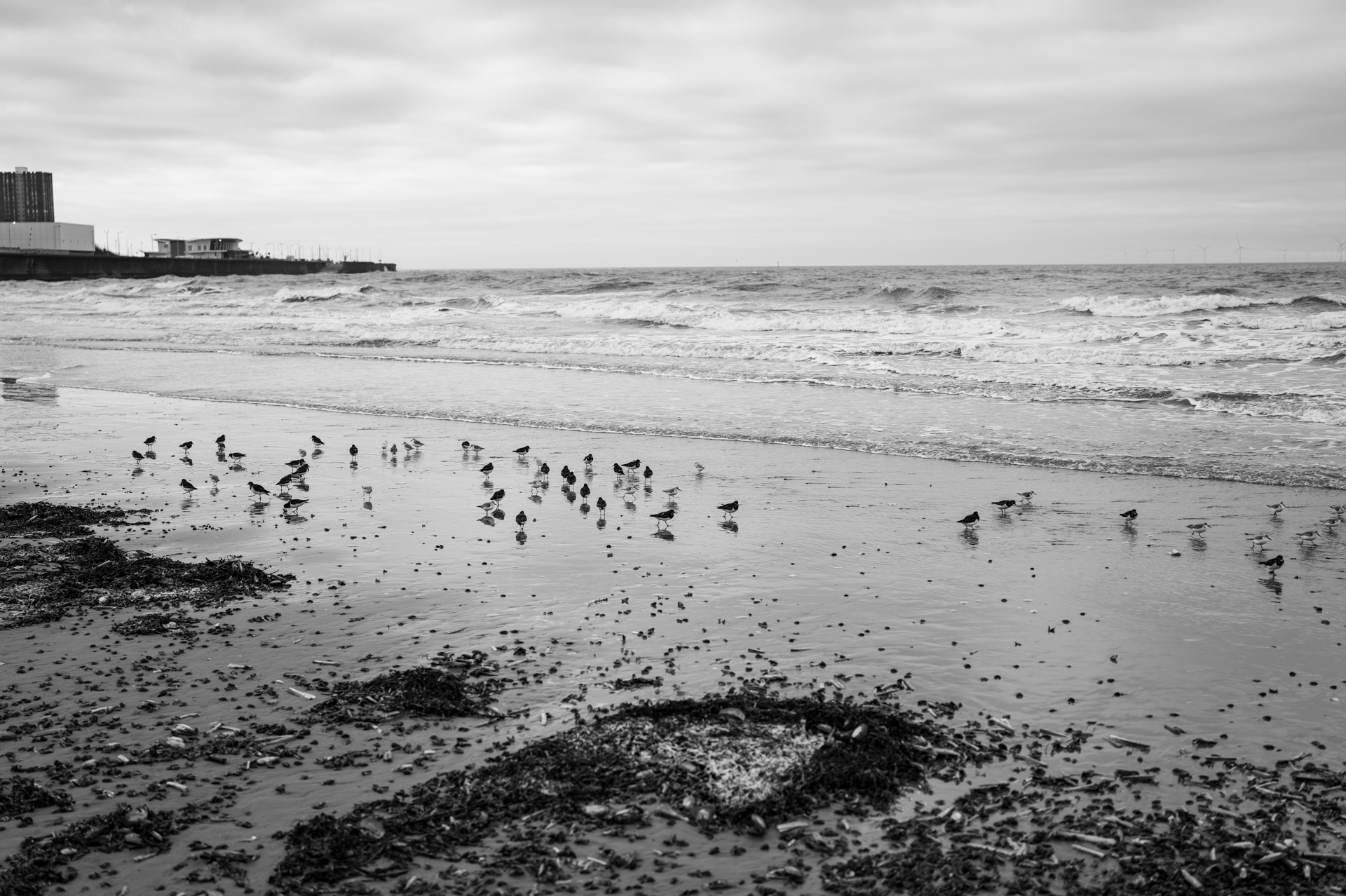
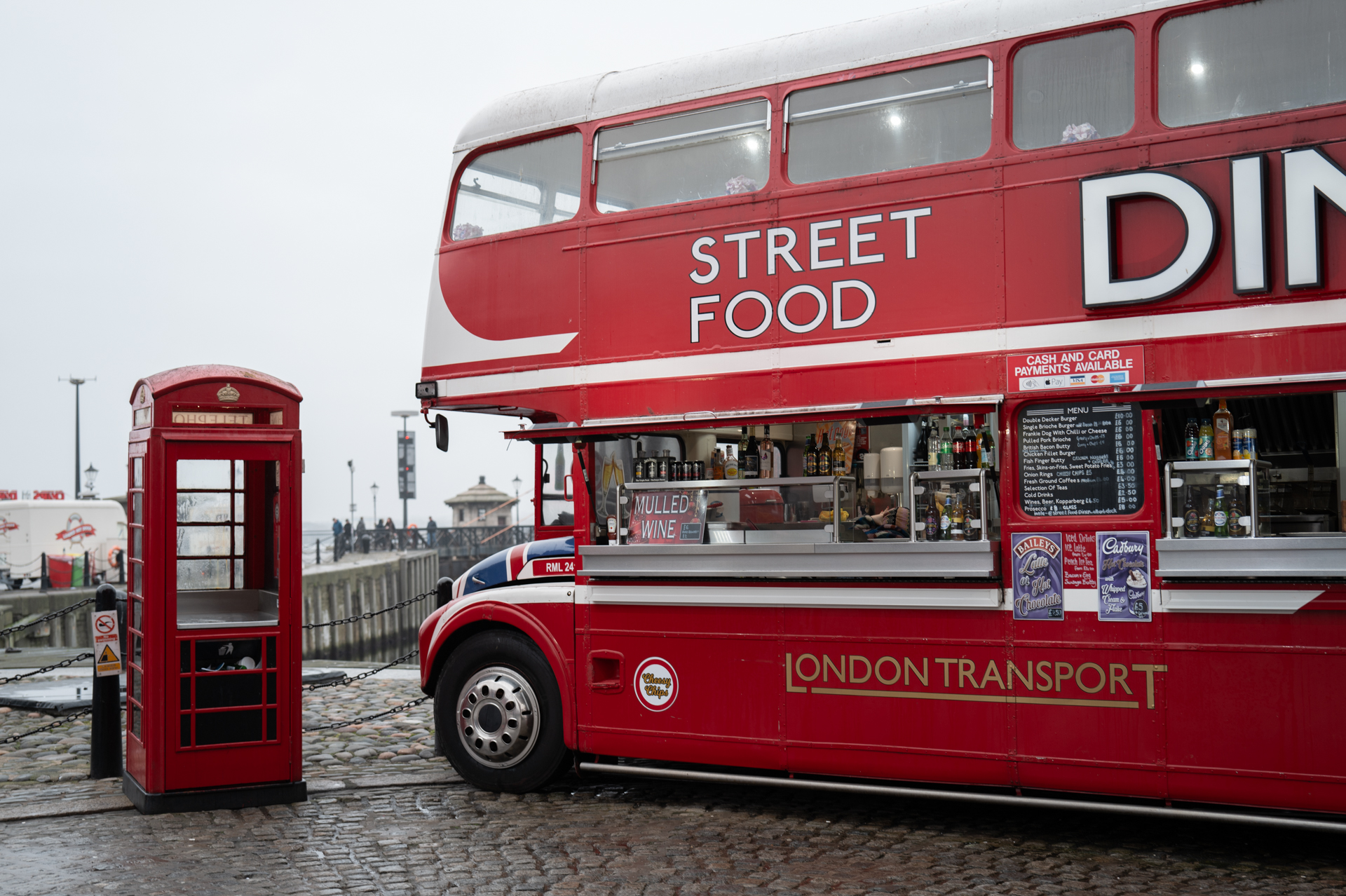
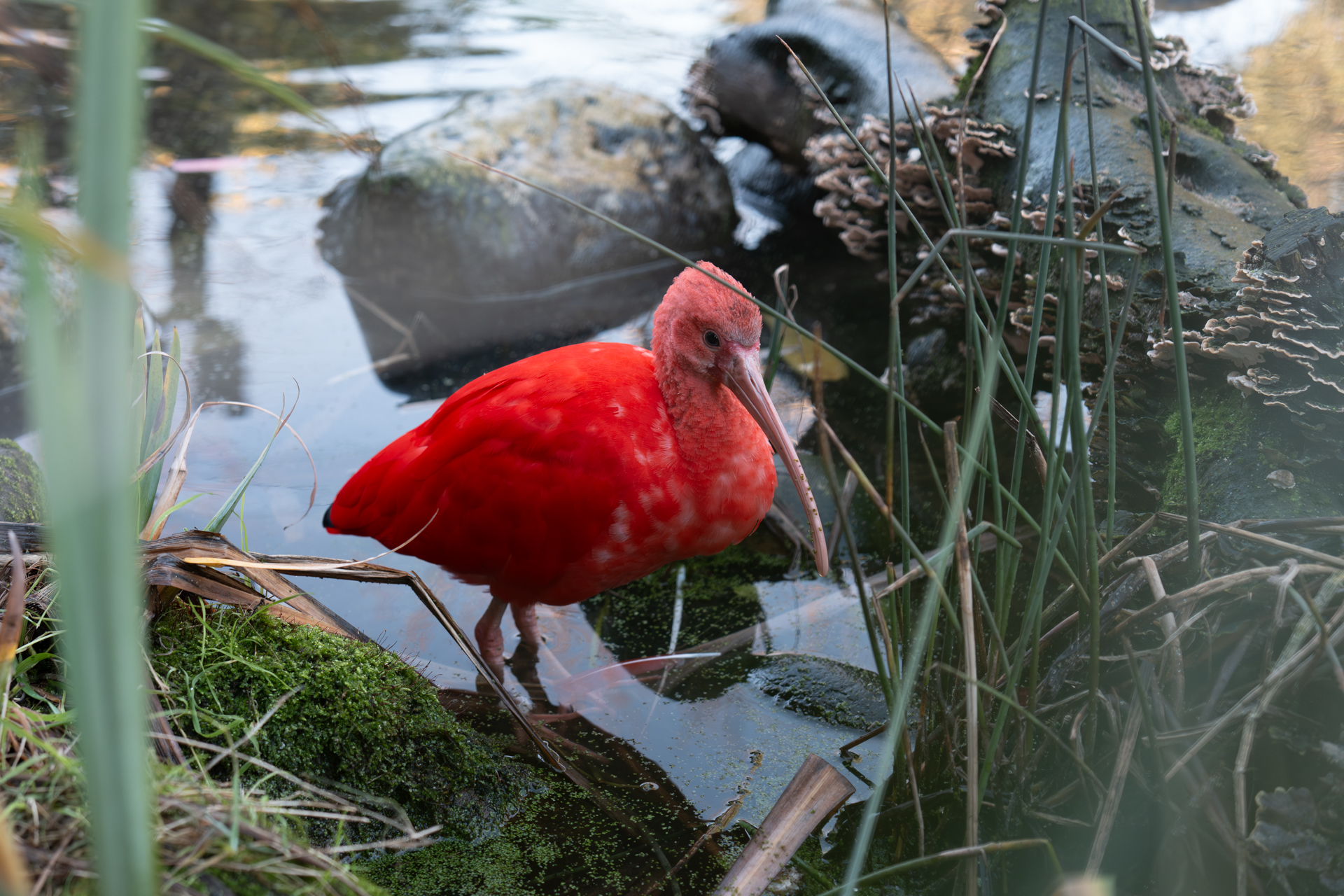
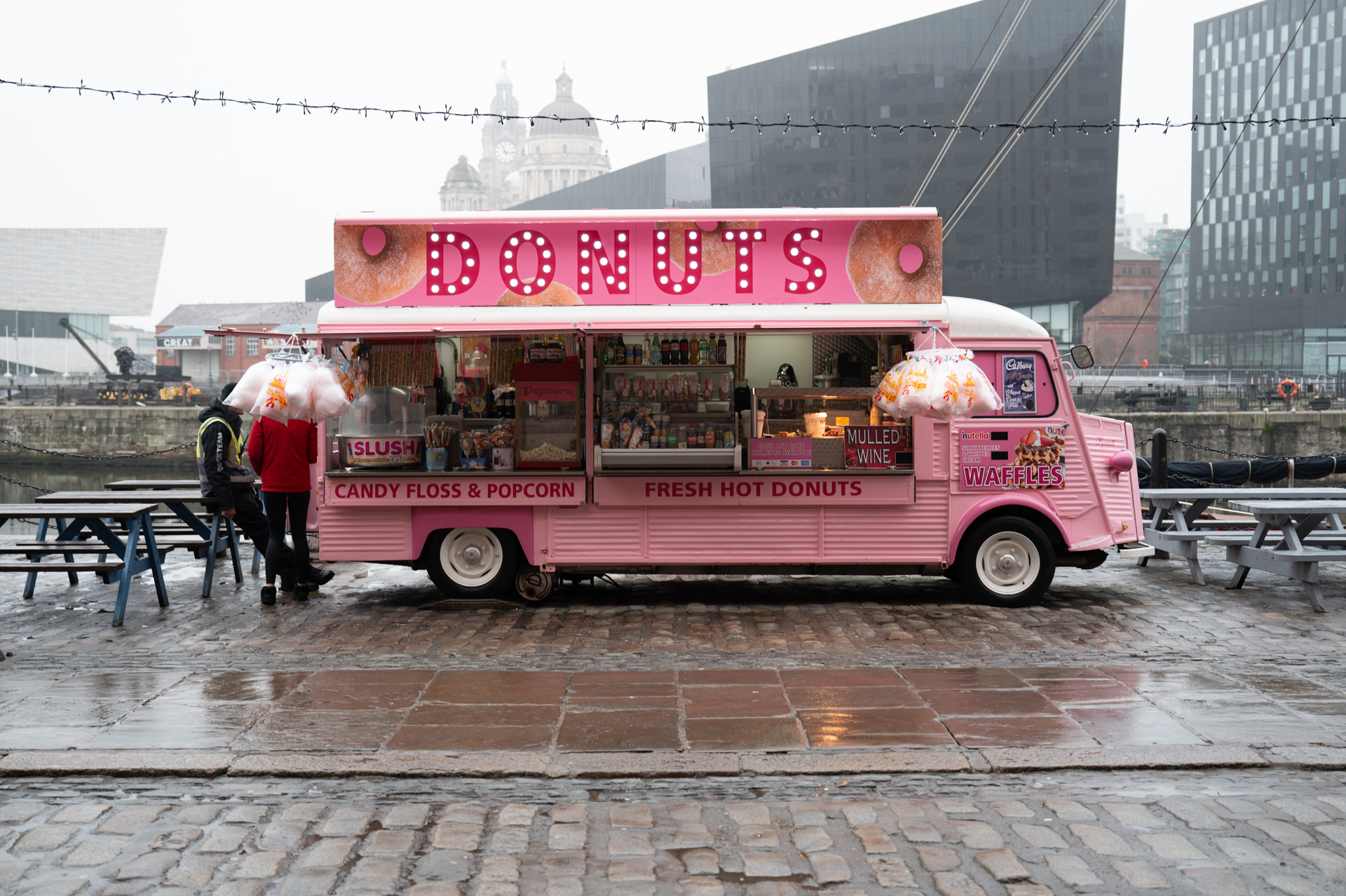
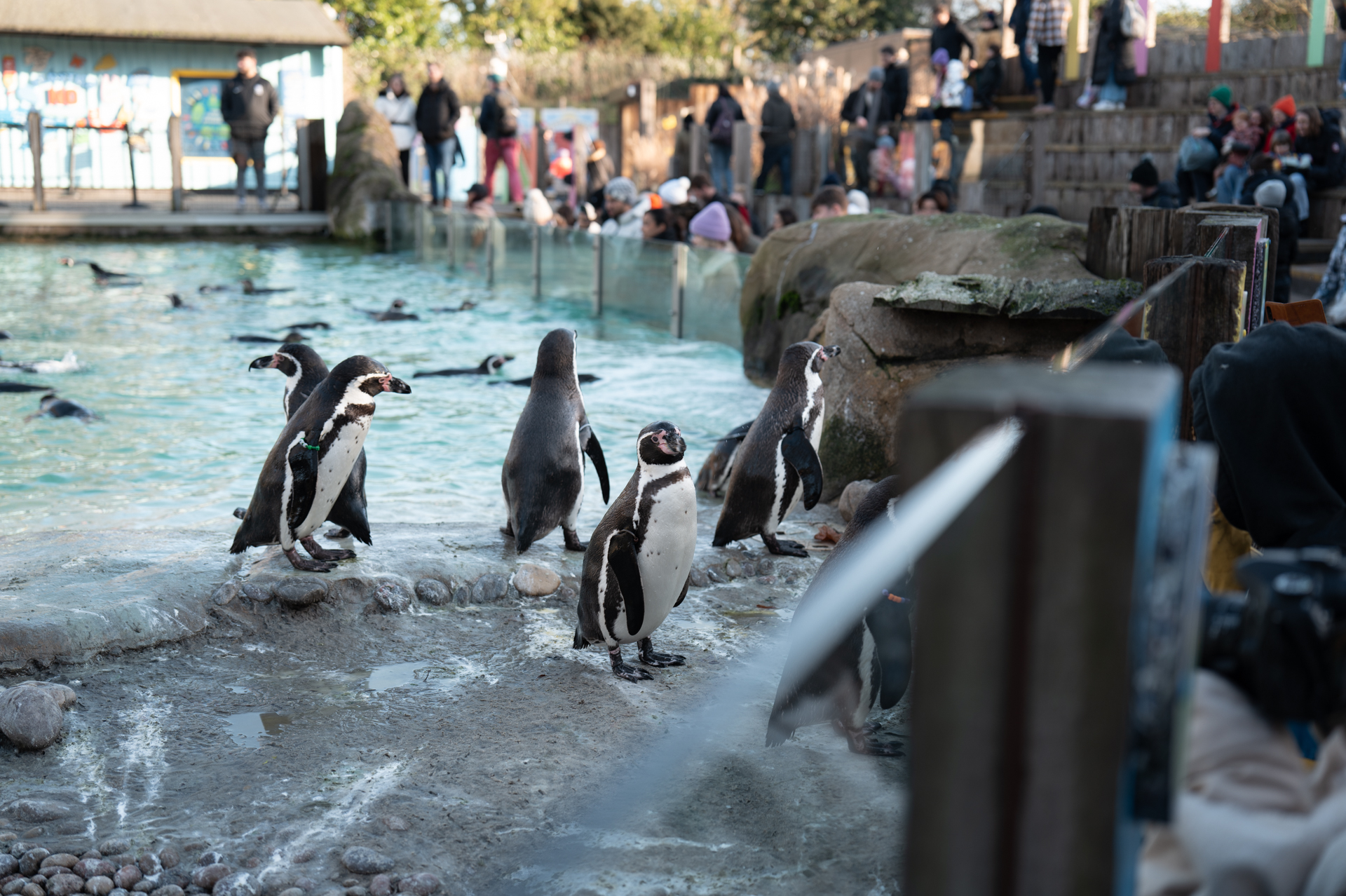
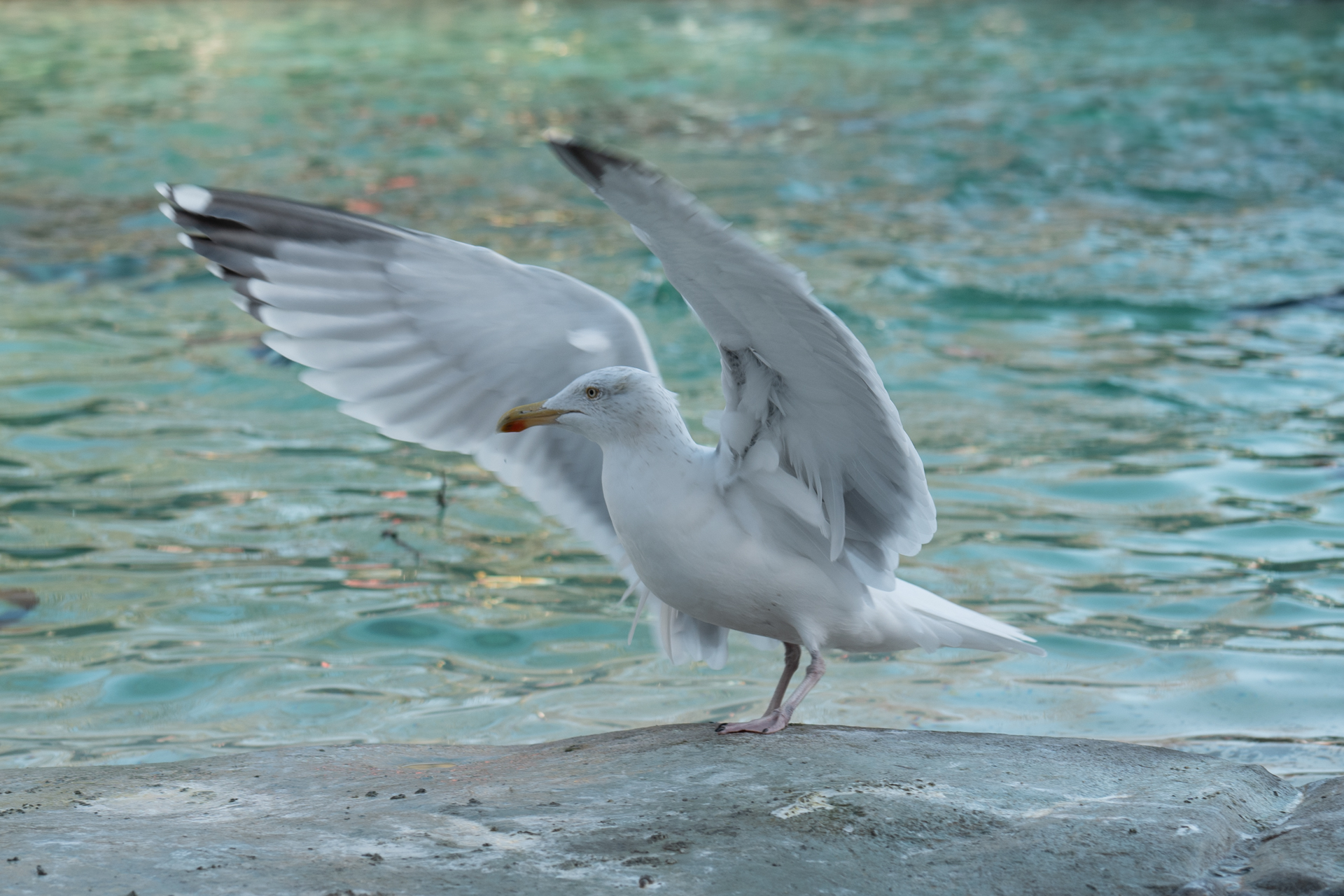
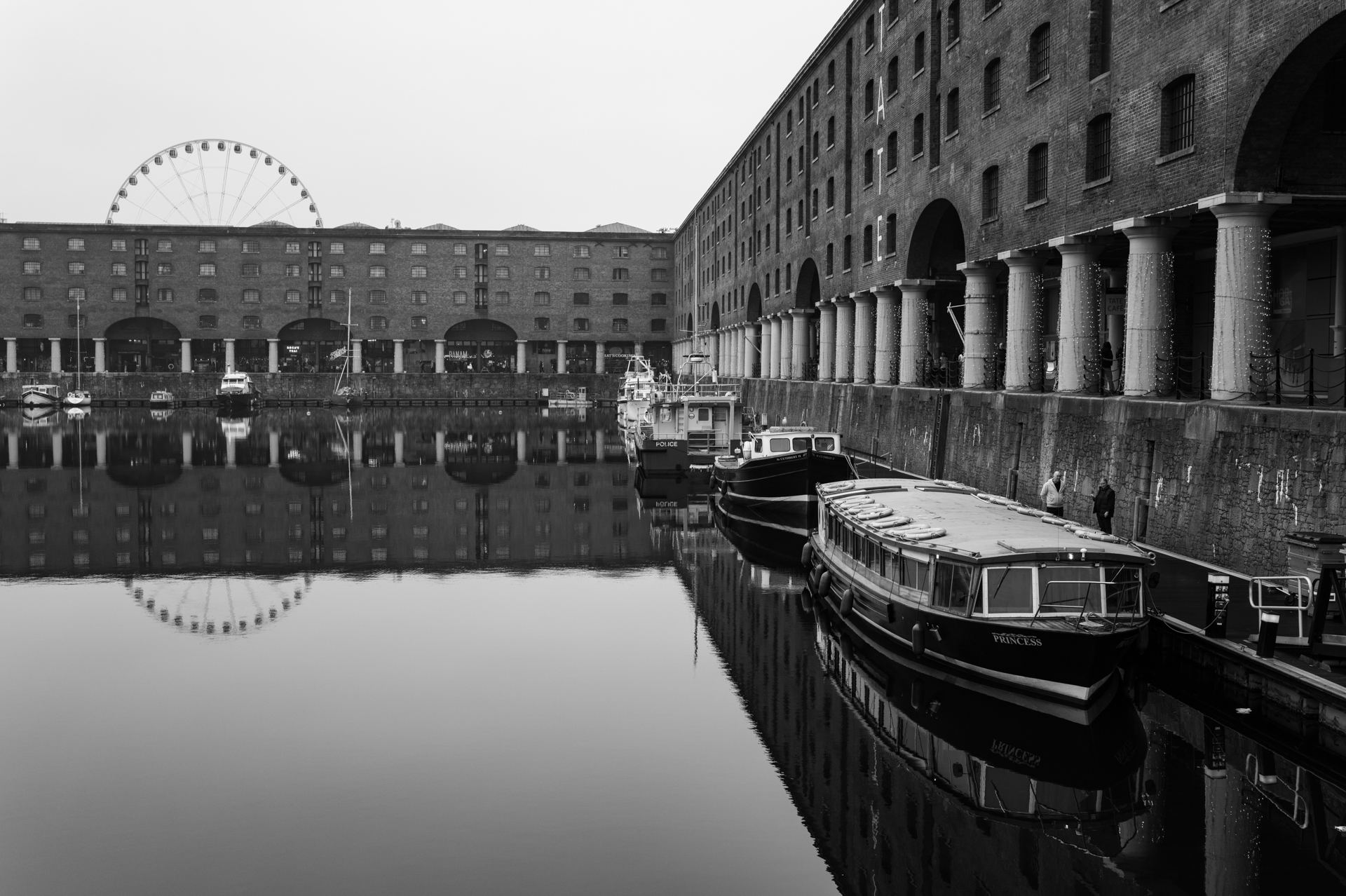
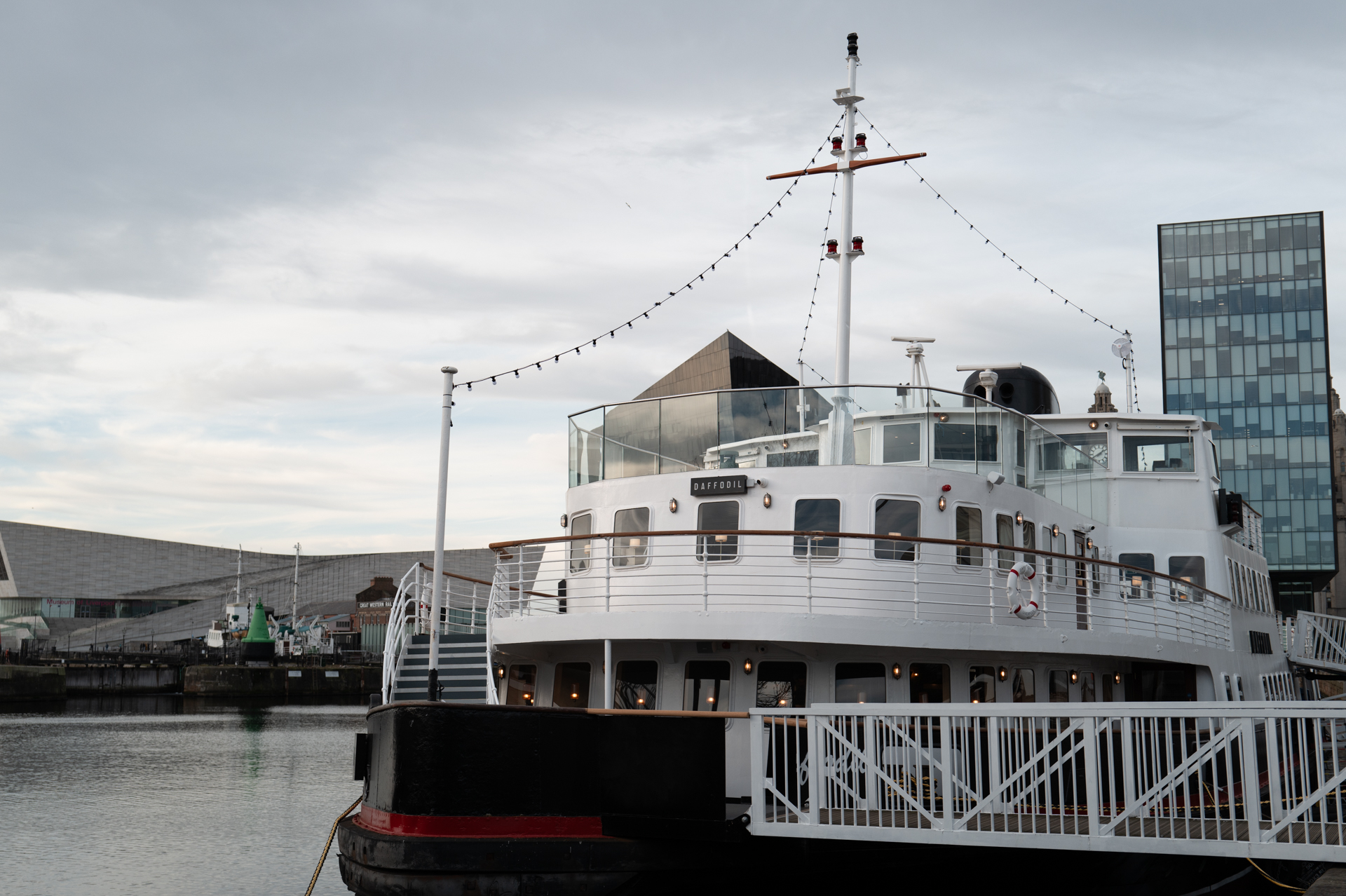
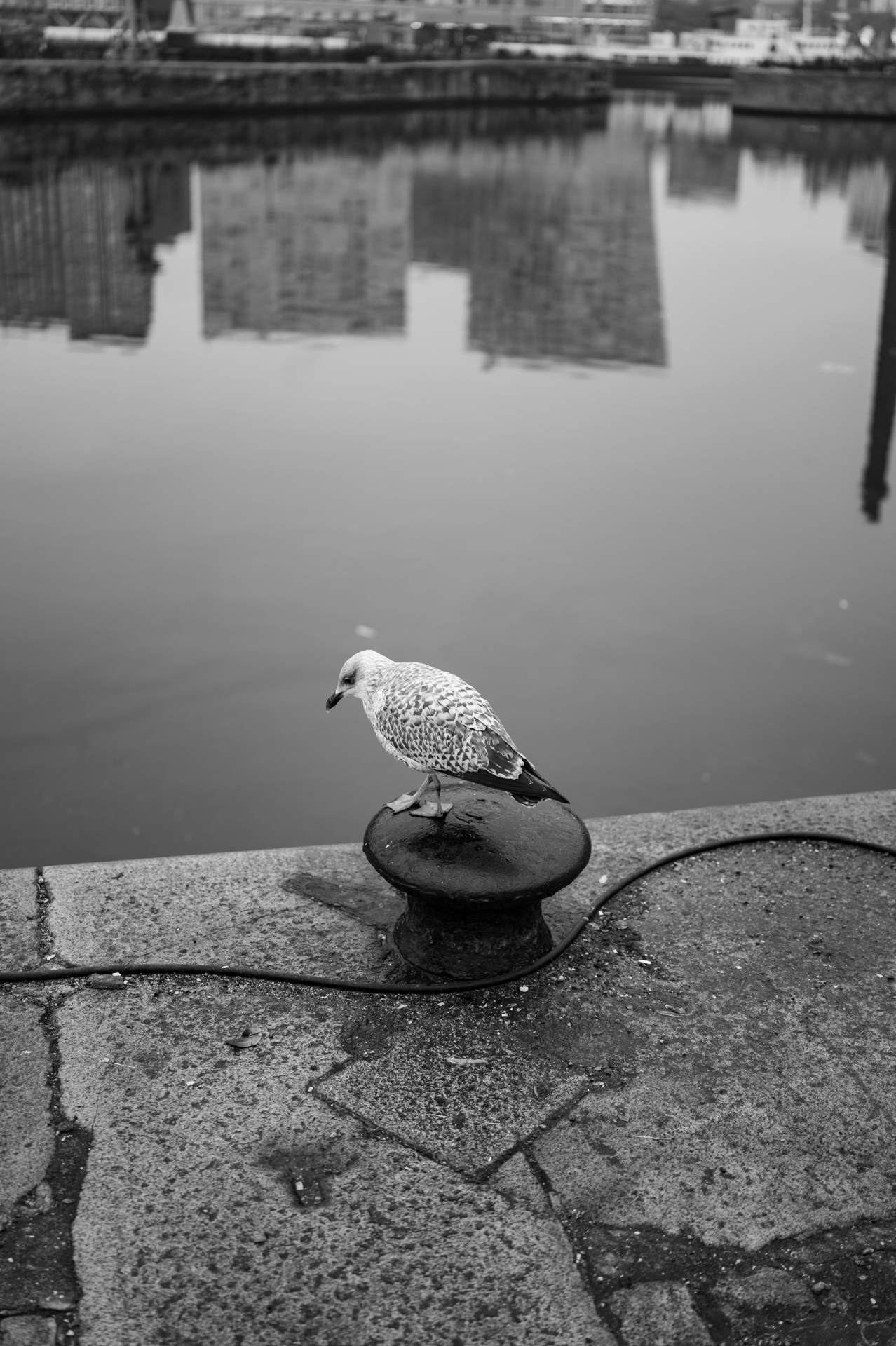
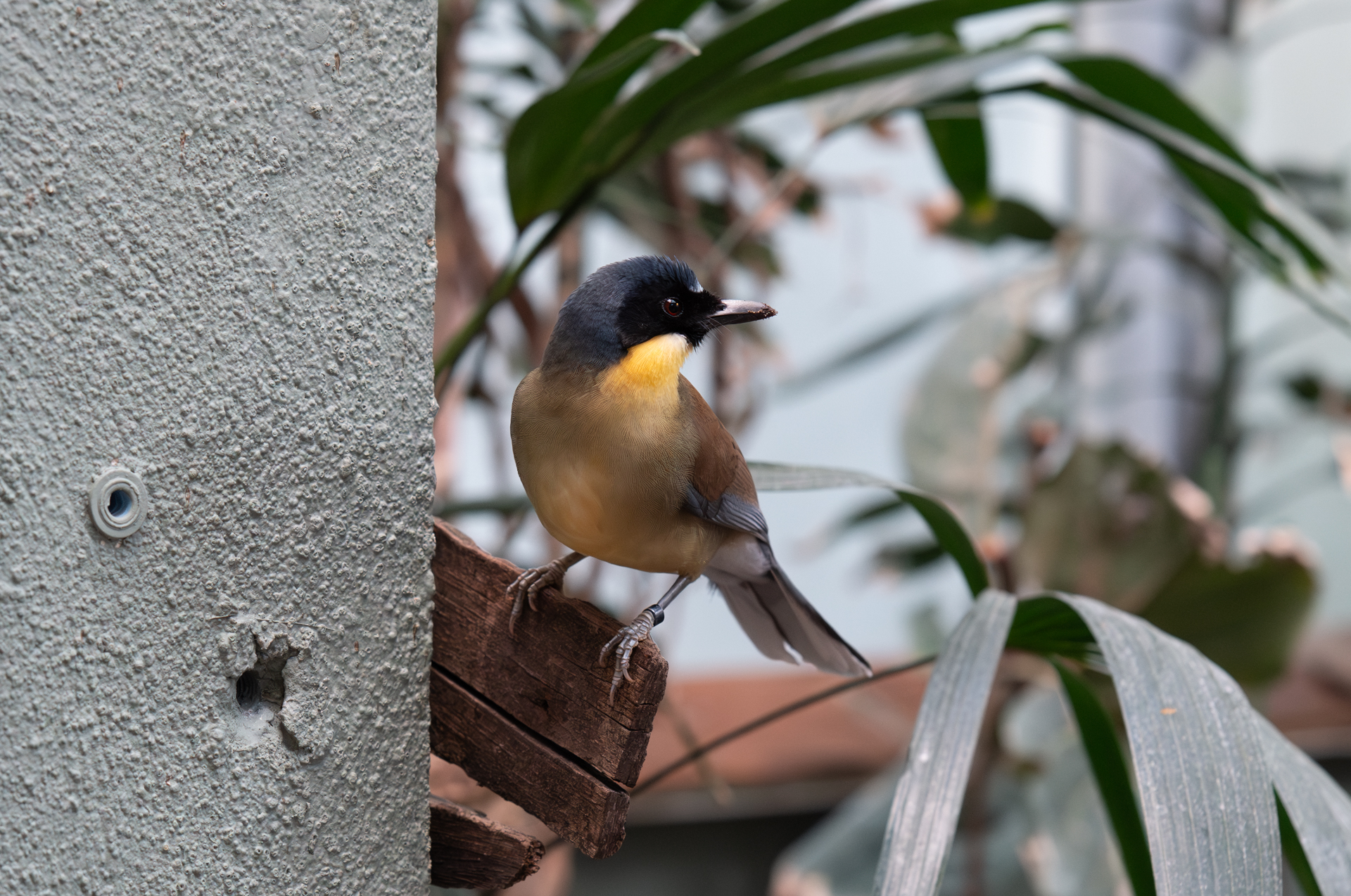
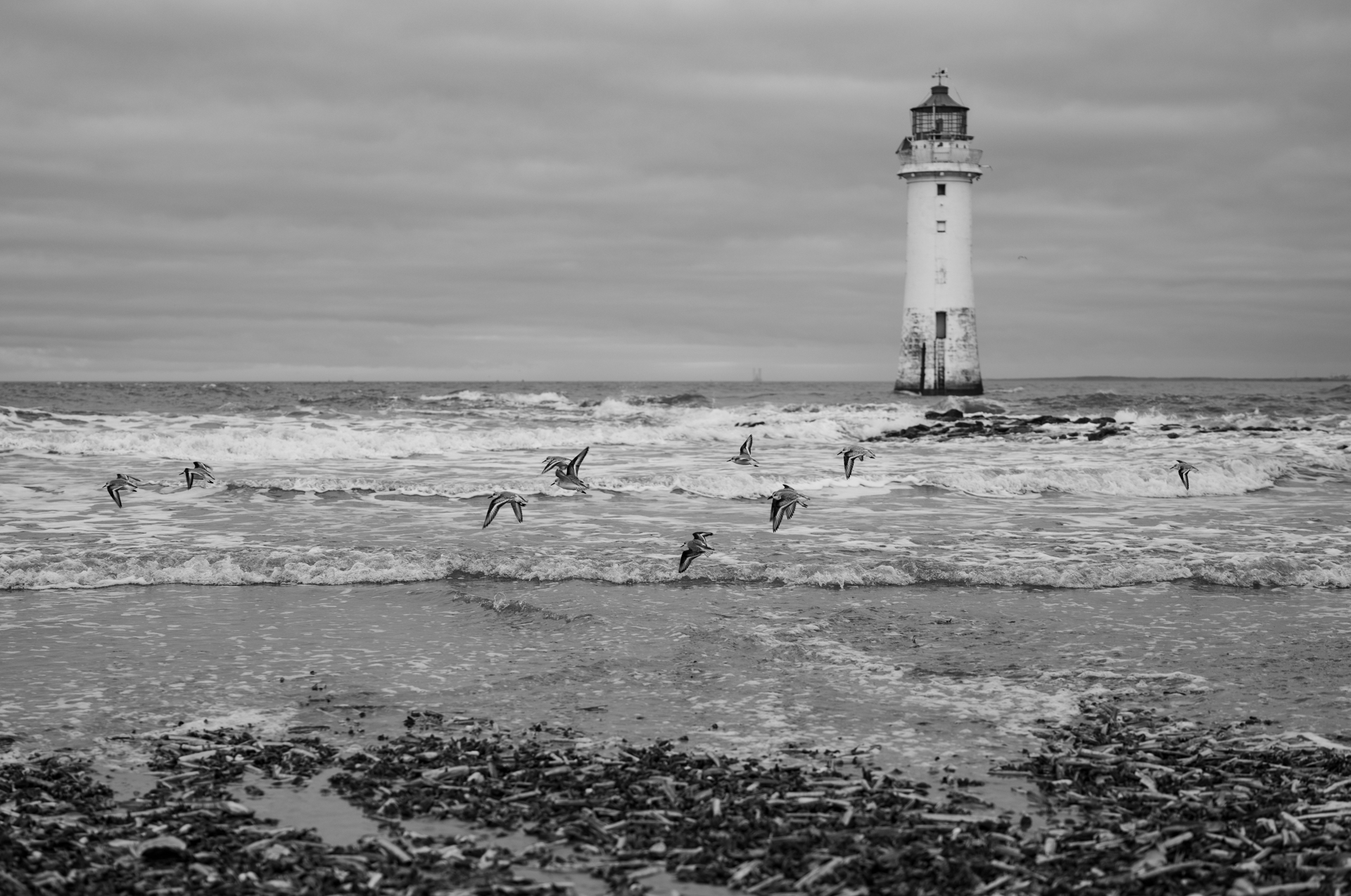
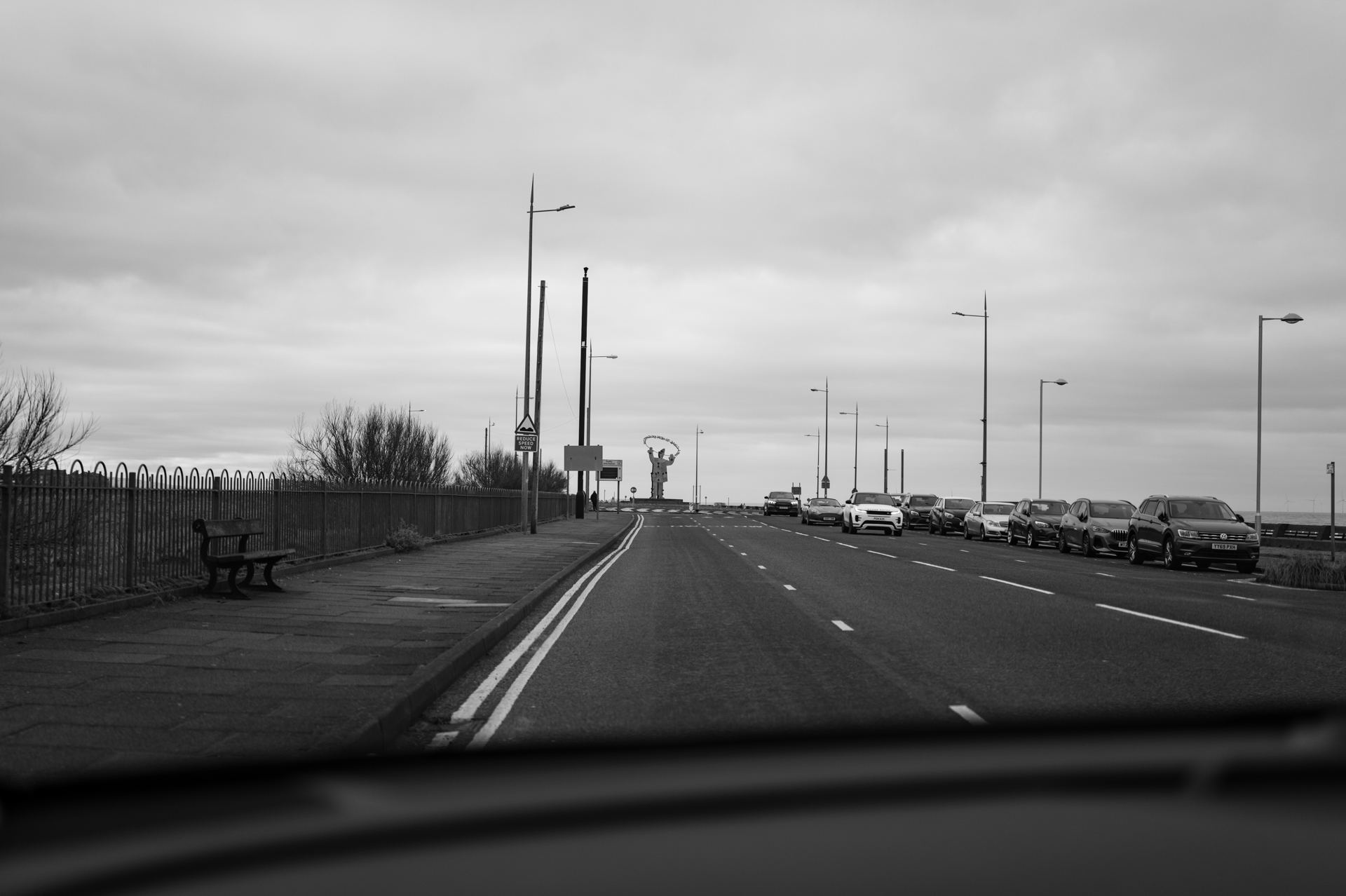
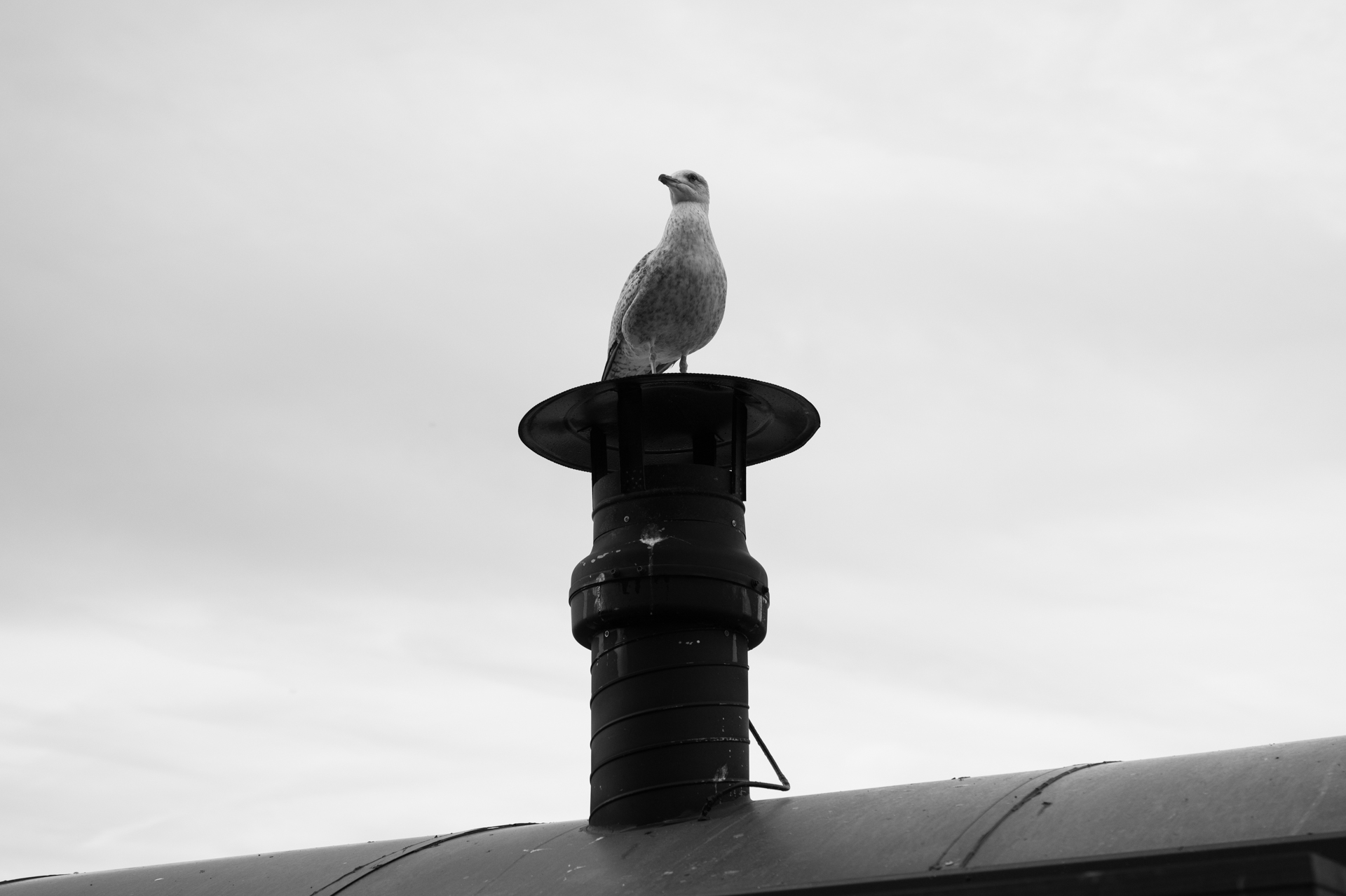
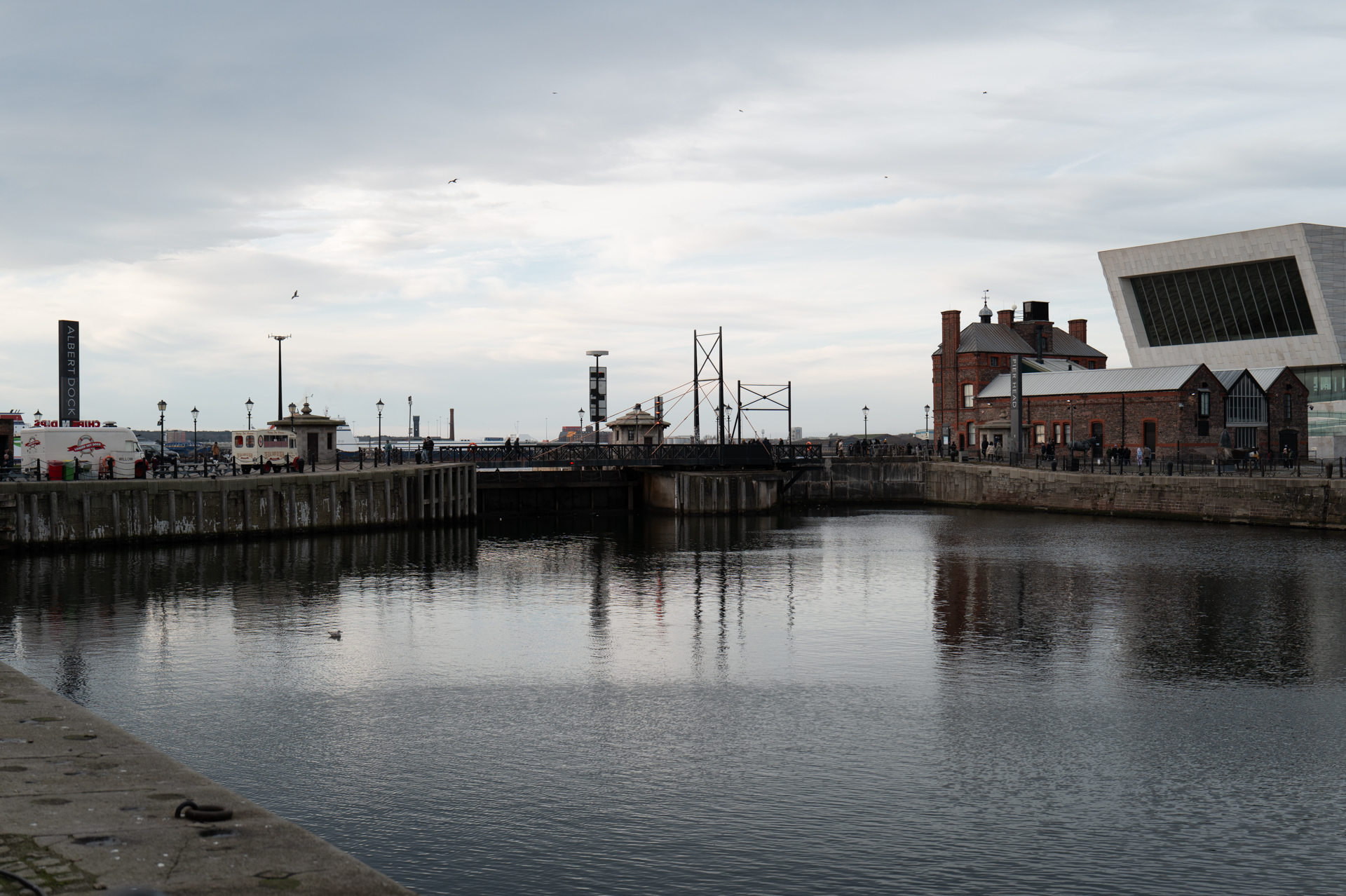
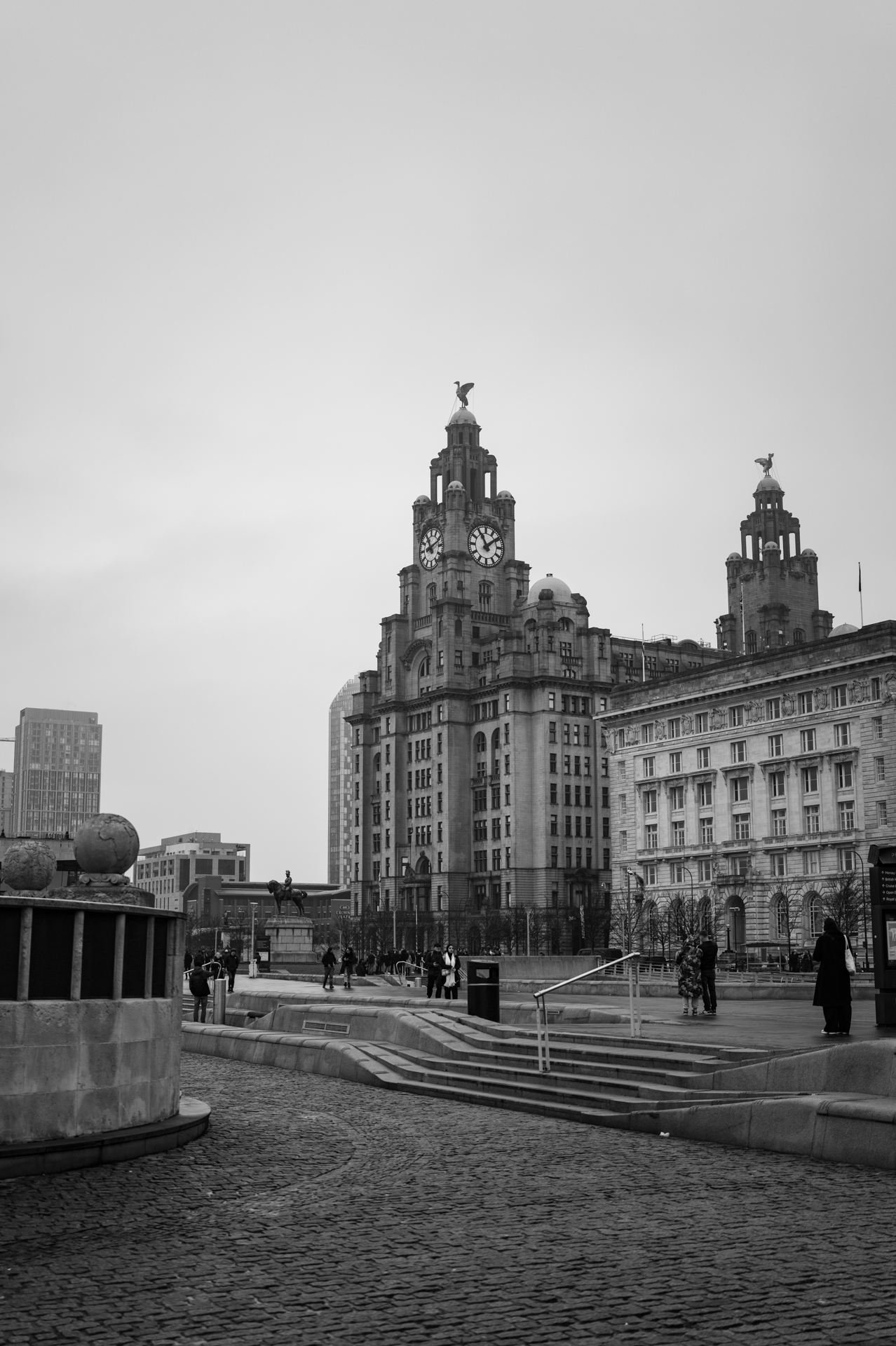
Leica Q3 43: Verdict
Like the Q3 before it, I am rather taken with the Leica Q3 43. The photos from the Q3 combined with the new 43mm lens are simply remarkable for the amount of detail they are able to capture. Even when using the digital zoom crop function, photos cropped to 120mm or even 150mm still are exceptionally usable – it really is like having multiple lenses, and the non-permanent crops in raw files take the stress out of getting a crop wrong in the camera.
Photos are also unmistakably Leica; the way the lens renders images, in combination with classic Leica photo styles with Leica’s signature color tuning or monochrome, is gorgeous. The only downside to the Q3 43 is comfort, with the camera not being especially comfortable to hold. Its grip is pretty nonexistent, meaning you are likely going to want to invest even more money in the official Leica grip.
For anyone dreaming of a Leica, this (alongside the Q3) is the most affordable way to get a proper Leica camera. Although that’s not to say it is affordable – as a Leica camera, it is, of course, very expensive, and you could almost buy two Nikon Z8 bodies for the same price, but for its build quality and stunning images, the Q3 43 almost feels value for money.
